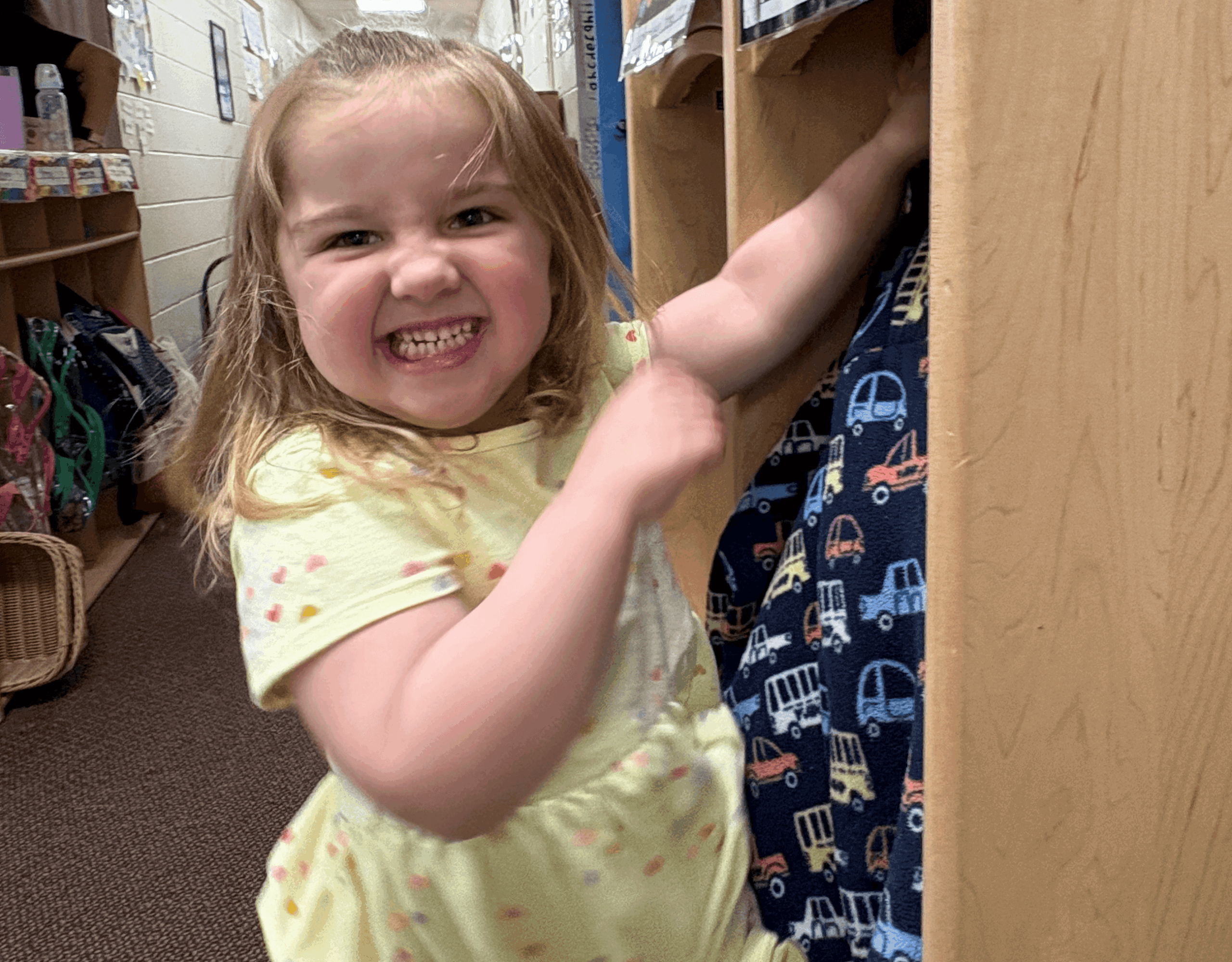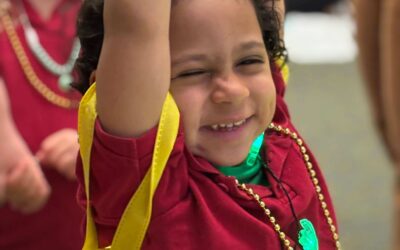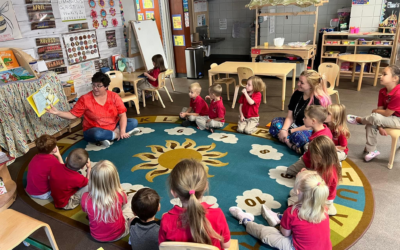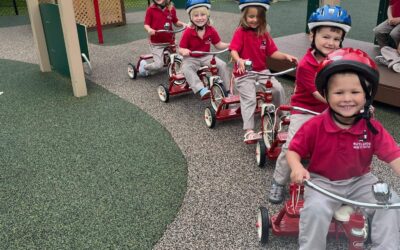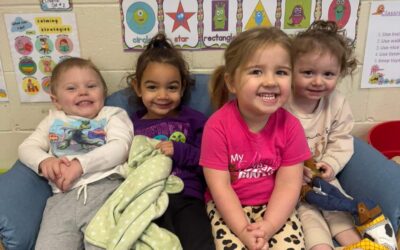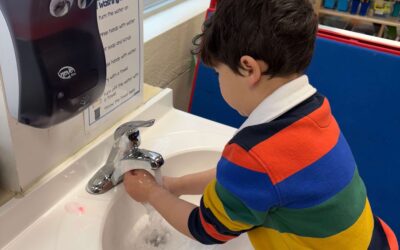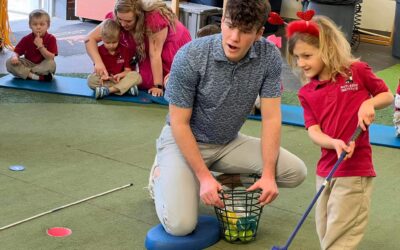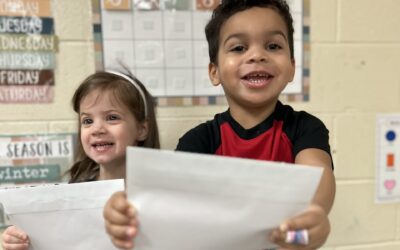Dealing with Separation Anxiety – Parent Edition: Strategies for Coping When Your Child Is Struggling
Separation anxiety is a natural and often healthy part of a child’s development. For many parents, however, it can be incredibly challenging to navigate, especially when those tearful goodbyes stretch on, leaving you feeling helpless and heartbroken. At The Village, we understand that these moments can be tough on everyone, not just the little ones.
While we work tirelessly to create a nurturing and engaging environment that helps children feel secure and happy, we also know that a parent’s well-being is crucial. If your child is struggling with separation anxiety, chances are you are too. So, this post is for you, the parents, with strategies to help you cope and support your child through this phase.
1. Validate Your Own Feelings (It’s Okay to Feel Sad, Guilty, or Frustrated)
First and foremost, acknowledge your emotions. Seeing your child distressed can trigger a myriad of feelings: sadness, guilt, worry, or even frustration if it happens repeatedly. These feelings are normal. Give yourself permission to feel them without judgment. Understanding your own emotional state is the first step in managing it.
2. Trust the Process (and Our Team)
Remember that our experienced educators and caregivers at The Village are well-versed in handling separation anxiety. We use proven strategies to soothe children, redirect their attention, and help them transition smoothly into their day.
When you leave, our focus immediately shifts to comforting your child. We’re here to provide a safe, engaging, and loving environment, helping them build confidence and independence. Trust that once you’ve left, your child is in capable and caring hands.
3. Establish a Consistent Goodbye Routine
Children thrive on predictability. A consistent goodbye routine can significantly ease the transition for both of you. This routine should be brief, calm, and reassuring.
- Be quick: A prolonged goodbye can heighten anxiety. Keep it under a minute or two.
- Be clear: “I’m leaving now, and I’ll be back after naptime” (or whatever landmark works for your child’s schedule).
- Be confident: Your child picks up on your emotions. If you seem anxious, they’ll feel it too. A confident, loving goodbye reassures them that everything is okay.
- No sneaking out: Always say goodbye. Sneaking away can erode trust and increase anxiety in the long run, as they’ll constantly worry you might disappear without warning.
4. Focus on the Positive Aspects of Their Day
When you pick up your child, instead of immediately asking, “Were you sad today?”, try focusing on the positive. “What was the most fun thing you did today?” or “Tell me about your friends!” This helps reinforce the idea that school is a positive place. Our team is always happy to share highlights of their day with you!
5. Practice Short Separations at Home
If possible, practice short separations outside of school. This could be leaving them with a trusted friend or family member for an hour, or even stepping out of the room for a few minutes while they’re engaged in play. This helps build their confidence in your return.
6. Avoid Comparing Your Child to Others
Every child is unique. Some children breeze through separations, while others take more time. Avoid comparing your child’s progress to that of other children. Focus on your child’s individual journey and celebrate their small victories.
7. Take Care of Yourself
This is perhaps the most important strategy. If you’re feeling overwhelmed, anxious, or burnt out, it’s harder to be the calm and confident parent your child needs. Make time for self-care, whether it’s a quiet cup of coffee, a walk, or connecting with friends. Remember why you chose The Village – for your child’s growth and your peace of mind.
Separation anxiety is a phase, and like all phases, it will pass. By taking care of yourself, trusting our dedicated team, and implementing consistent strategies, you can help both yourself and your child navigate this challenging, yet ultimately rewarding, period of growth.
